Reza Hosseini
Greykite: Deploying Flexible Forecasting at Scale at LinkedIn
Jul 15, 2022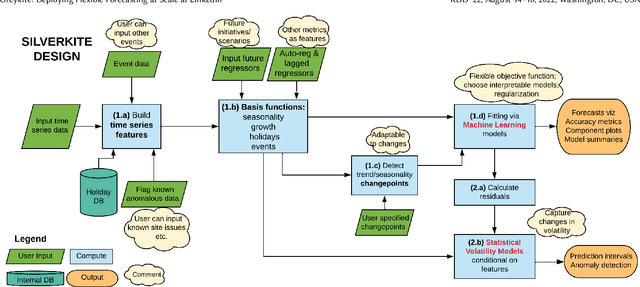
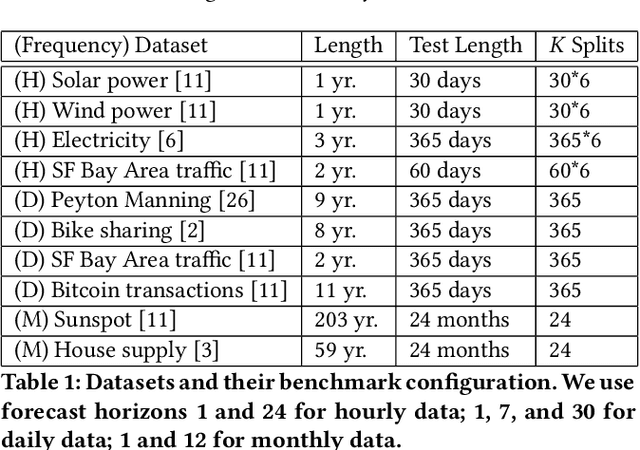
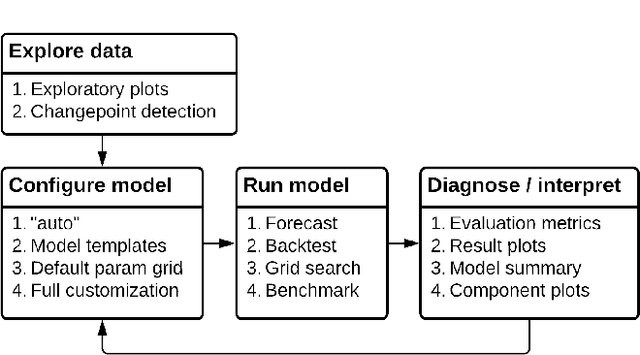
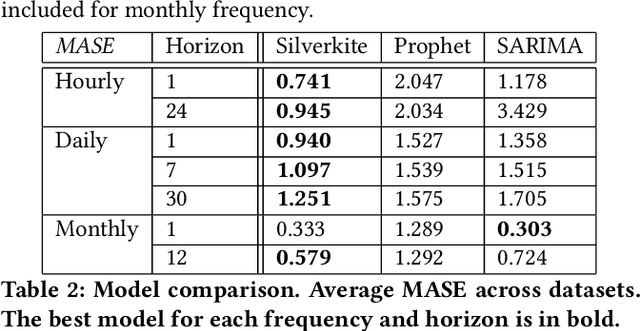
Abstract:Forecasts help businesses allocate resources and achieve objectives. At LinkedIn, product owners use forecasts to set business targets, track outlook, and monitor health. Engineers use forecasts to efficiently provision hardware. Developing a forecasting solution to meet these needs requires accurate and interpretable forecasts on diverse time series with sub-hourly to quarterly frequencies. We present Greykite, an open-source Python library for forecasting that has been deployed on over twenty use cases at LinkedIn. Its flagship algorithm, Silverkite, provides interpretable, fast, and highly flexible univariate forecasts that capture effects such as time-varying growth and seasonality, autocorrelation, holidays, and regressors. The library enables self-serve accuracy and trust by facilitating data exploration, model configuration, execution, and interpretation. Our benchmark results show excellent out-of-the-box speed and accuracy on datasets from a variety of domains. Over the past two years, Greykite forecasts have been trusted by Finance, Engineering, and Product teams for resource planning and allocation, target setting and progress tracking, anomaly detection and root cause analysis. We expect Greykite to be useful to forecast practitioners with similar applications who need accurate, interpretable forecasts that capture complex dynamics common to time series related to human activity.
Conditional information and definition of neighbor in categorical random fields
Dec 31, 2010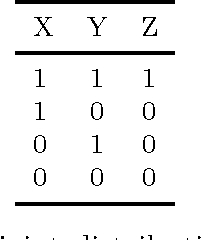
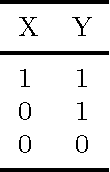
Abstract:We show that the definition of neighbor in Markov random fields as defined by Besag (1974) when the joint distribution of the sites is not positive is not well-defined. In a random field with finite number of sites we study the conditions under which giving the value at extra sites will change the belief of an agent about one site. Also the conditions under which the information from some sites is equivalent to giving the value at all other sites is studied. These concepts provide an alternative to the concept of neighbor for general case where the positivity condition of the joint does not hold.
 Add to Chrome
Add to Chrome Add to Firefox
Add to Firefox Add to Edge
Add to Edge